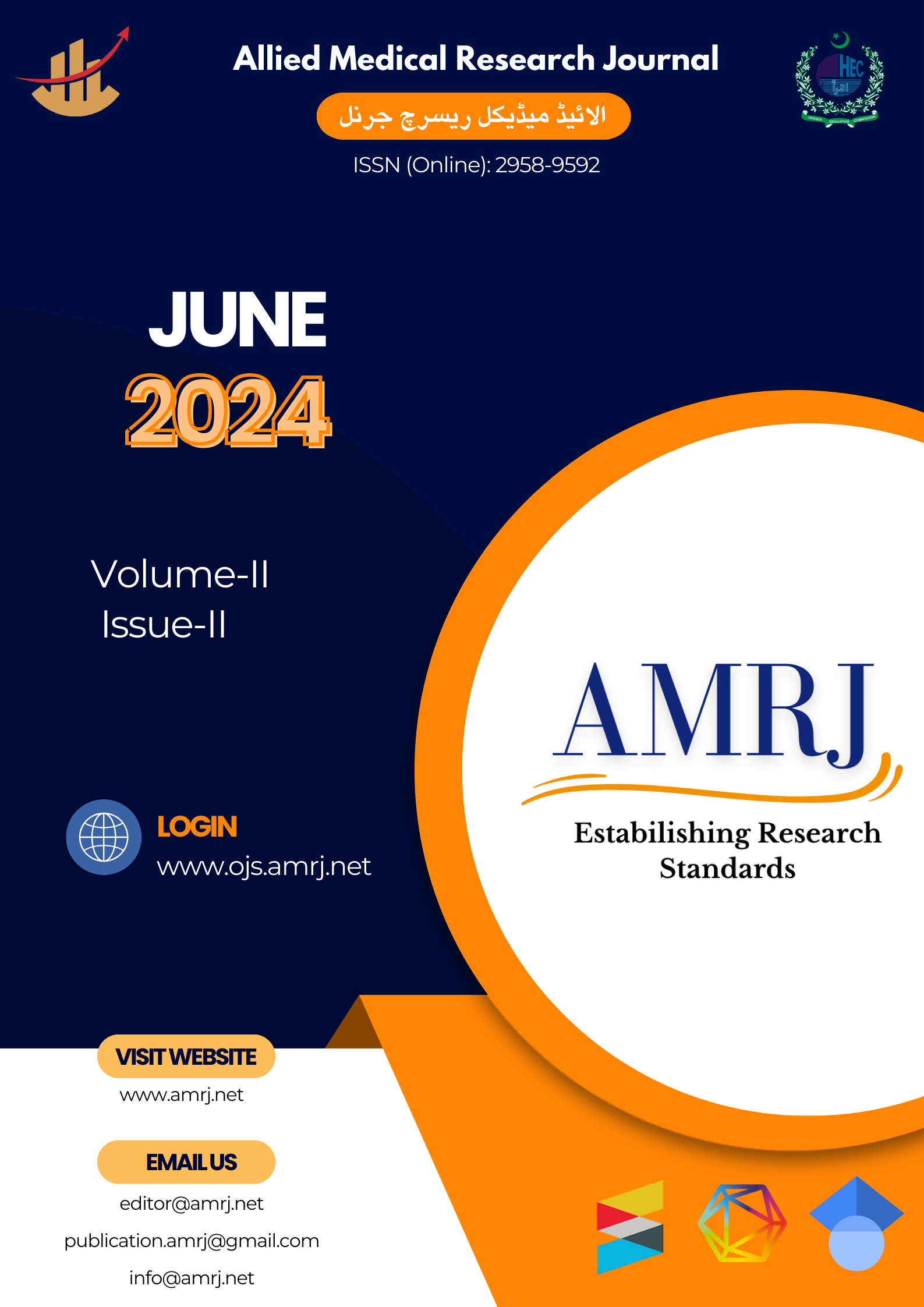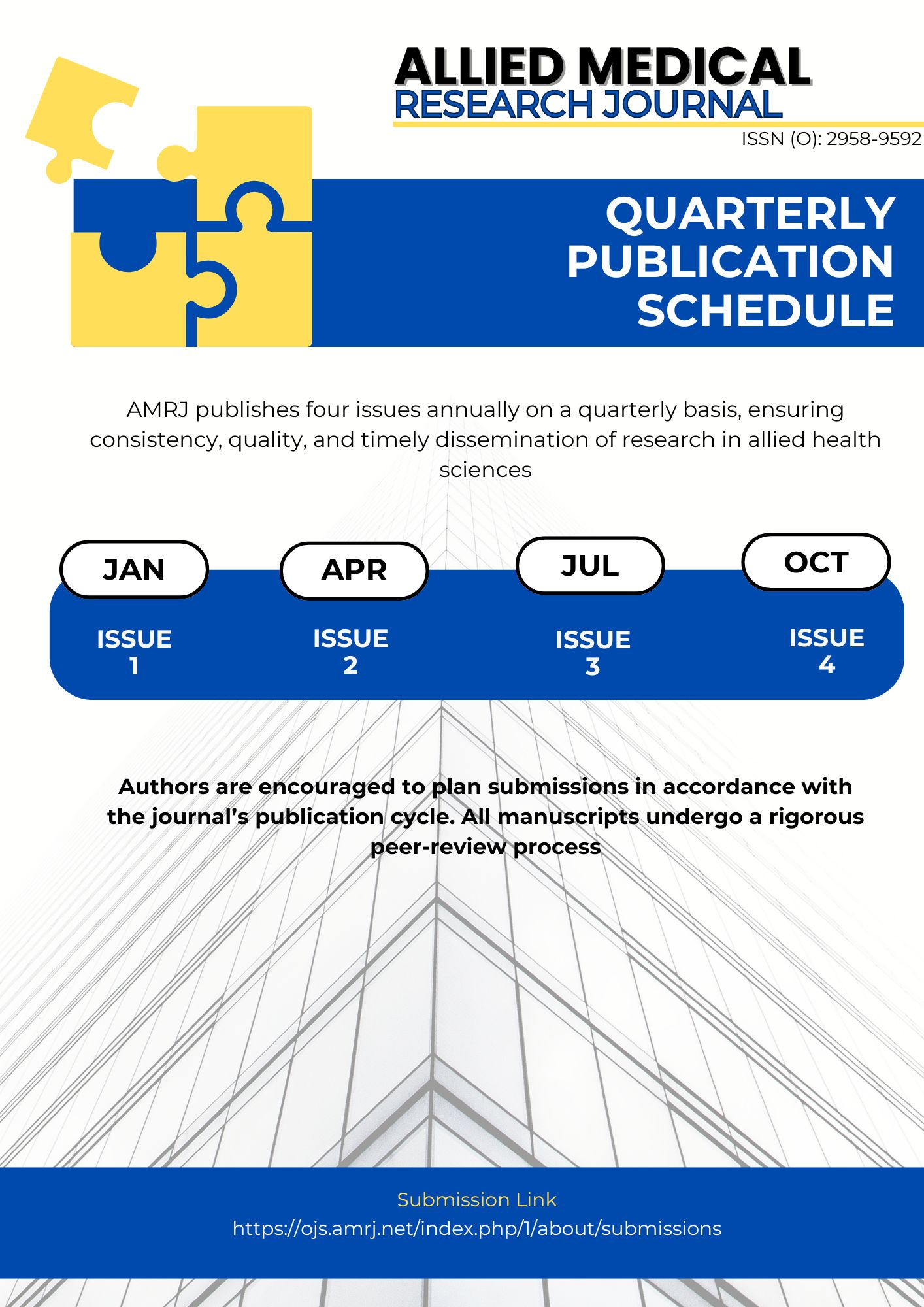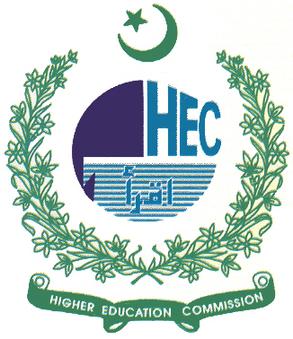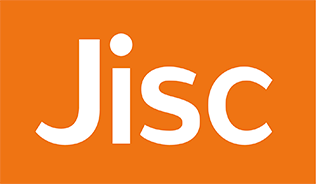The Convergence of Artificial Intelligence, Digital Therapeutics, and Biomedical Electronics in the field of Speech-Language Therapy
AI and Digital Innovations in Speech Therapy
Keywords:
Artificial Intelligence, Brain-Computer Interface, Digital Therapeutics, Speech-language TherapyAbstract
Speech-language therapy (SLT) has traditionally relied on the art of human expertise and manual, traditional therapeutic techniques. Recent developments in artificial intelligence (AI), digital therapeutics, and biomedical electronics have changed this landscape. This paper reviews how all these technologies are combined, focusing on their current applications, potential benefits, and future directions in speech-language therapy. AI applications in speech recognition and natural language processing provide evaluations and treatment tailored to the needs of the patients. Digital therapeutics, such as applications and online platforms, complement these traditional techniques with interactive exercises and real-time feedback. Biomedical electronics like biofeedback, wearable devices, and brain-computer interfaces have offered novel solutions in diagnostics and therapy. Improvements like these have raised patient outcomes and access to therapy, thus enabling data-driven therapy plans. Many ethical concerns, especially regarding the accuracy of the AI models and technology integration into the clinic, are of high priority. These barriers can be overcome in further research to benefit SLT from these technologies.
References
McLeod S, Baker E. Children’s speech: an evidence-based approach to assessment and intervention. 632 p.
Baker E, McLeod S. Evidence-Based Practice for Children with Speech Sound Disorders: Part 2 Application to Clinical Practice. Lang Speech Hear Serv Sch. 2011 Apr;42(2):140-51.
Carson DK, Klee T, Lee S, Williams KC, Perry CK. Children’s language proficiency at ages 2 and 3 as predictors of behavior problems, social and cognitive development at age 3. Commun Disord Q. 1998;19(2):21-30.
Dickinson DK, Golinkoff RM, Hirsh-Pasek K. Speaking out for language: Why language is central to reading development. Educational Researcher. 2010 May;39(4):305-10.
Early Communication and Language Intervention. [Internet]. 2012 Jan;33(4):298-309.
Greenwell T, Walsh B. Evidence-Based Practice in Speech-Language Pathology: Where Are We Now? Am J Speech Lang Pathol. 2021 Jan;30(1):186-98.
Hersh D, Azul D, Carroll C, Lyons R, McMenamin R, Skeat J. New perspectives, theory, method, and practice: Qualitative research and innovation in speech-language pathology. Int J Speech Lang Pathol. 2022;24(5):449-59.
Tomblin JB, Records NL, Buckwalter P, Zhang X, Smith E, O’Brien M. Prevalence of Specific Language Impairment in Kindergarten Children. J Speech Lang Hear Res. 1997;40(6):1245.
Shriberg LD, Strand EA, Jakielski KJ, Mabie HL. Estimates of the prevalence of speech and motor speech disorders in persons with complex neurodevelopmental disorders. Clin Linguist Phon. 2019 Aug;33(8):707-36.
Black LI, Vahratian A, Hoffman HJ. Communication Disorders and Use of Intervention Services Among Children Aged 3-17 Years: United States, 2012 Key findings. 2012.
Zikria M, Mumtaz N, Saqulain G, Babur MN. The Role of Speech-language Pathologists in the Hospitals of Pakistan. Iranian Rehabilitation Journal. 2021 Jun;19(2):165-72.
Speech language therapy in Pakistan - DAWN.COM. [Internet]. Available from: https://www.dawn.com/news/880784/speech-language-therapy-in-pakistan
De La Fuente Garcia S, Ritchie CW, Luz S. Artificial Intelligence, Speech, and Language Processing Approaches to Monitoring Alzheimer’s Disease: A Systematic Review. Journal of Alzheimer’s Disease. 2020 Jan;78(4):1547-74.
Duffy JR. Motor Speech Disorders: Where Will We Be in 10 Years? Semin Speech Lang. 2016 Aug;37(3):219-24.
Ur Rehman M, Shafique A, Azhar QUA, Jamal SS, Gheraibia Y, Usman AB. Voice disorder detection using machine learning algorithms: An application in speech and language pathology. Eng Appl Artif Intell. 2024 Jul;133:108047.
Deka C, Shrivastava A, Abraham AK, Nautiyal S, Chauhan P. AI-based automated speech therapy tools for persons with speech sound disorder: a systematic literature review. Speech, Language and Hearing. 2024 May 31:1-22.
Lin Y, Neuschaefer-Rube C. Digital Learning in Speech-Language Pathology, Phoniatrics, and Otolaryngology: Interdisciplinary and Exploratory Analysis of Content, Organizing Structures, and Formats. JMIR Med Educ. 2021 Jul;7(3)
Garcia MB. A Speech Therapy Game Application for Aphasia Patient Neurorehabilitation - A Pilot Study of an mHealth App. International journal of simulation: systems, science & technology. 2019 Jul;20(S2):5. doi: 10.5013/IJSSST.A.20.S2.05.
Pierce JE. AI-Generated Images for Speech Pathology—An Exploratory Application to Aphasia Assessment and Intervention Materials. Am J Speech Lang Pathol. 2023 Oct;33(1):443-51.
Le H, Lui MY. Aphasia. In: The Handbook of Language and Speech Disorders. 2023 Mar. p. 286-309.
Heyman N. Identifying features of apps to support using evidence-based language intervention with children. Assistive Technology. 2020 Nov;32(6):306-16.
Munsell M, De Oliveira E, Saxena S, Godlove J, Kiran S. Closing the digital divide in speech, language, and cognitive therapy: Cohort study of the factors associated with technology usage for rehabilitation. J Med Internet Res. 2020 Feb;22(2)
Braley M, et al. A Virtual, Randomized, Control Trial of a Digital Therapeutic for Speech, Language, and Cognitive Intervention in Post-stroke Persons With Aphasia. Front Neurol. 2021 Feb;12:626780..
Western Aphasia Battery--Revised. [Internet]. Available from: https://psycnet.apa.org/doiLanding?doi=10.1037%2Ft15168-000
MIDUS II Cognitive Test Battery Brief Test of Adult Cognition by Telephone (BTACT) February 2012 For Website.
Hilari K, Byng S, Lamping DL, Smith SC. Stroke and Aphasia Quality of Life Scale-39 (SAQOL-39). Stroke. 2003 Aug;34(8):1944-50.
Latif S, Qadir J, Qayyum A, Usama M, Younis S. Speech Technology for Healthcare: Opportunities, Challenges, and State of the Art. IEEE Rev Biomed Eng. 2021;14:342-56.
Augmentative and Alternative Communication (AAC). [Internet]. Available from: https://www.asha.org/NJC/AAC/
Simion E. Augmentative and Alternative Communication – Support for People with Severe Speech Disorders. Procedia Soc Behav Sci. 2014 Apr;128:77-81
Crowe B, Machalicek W, Wei Q, Drew C, Ganz J. Augmentative and Alternative Communication for Children with Intellectual and Developmental Disability: A Mega-Review of the Literature. J Dev Phys Disabil. 2022 Feb;34(1):1-42.
Latif S, Qadir J, Qayyum A, Usama M, Younis S. Speech Technology for Healthcare: Opportunities, Challenges, and State of the Art. IEEE Rev Biomed Eng. 2021;14:342-56.
Deepa P, Khilar R. Speech technology in healthcare. Measurement: Sensors. 2022 Dec;24:100565.
Speech Tools – TalkTools. [Internet]. Available from: https://talktools.com/collections/speech-tools
Vijayaraj N, Mumtaz N, Kinol AMJ, Bommi RM. Smart Glove for Impaired People to Convert Sign into Voice with Text. In: 2023 Intelligent Computing and Control for Engineering and Business Systems, ICCEBS 2023. 2023.

Downloads
Published
Issue
Section
License
Copyright (c) 2024 Kehkashan Kanwal, Zahra Ibrahim, Amina Asif Siddiqui

This work is licensed under a Creative Commons Attribution-NonCommercial 4.0 International License.








